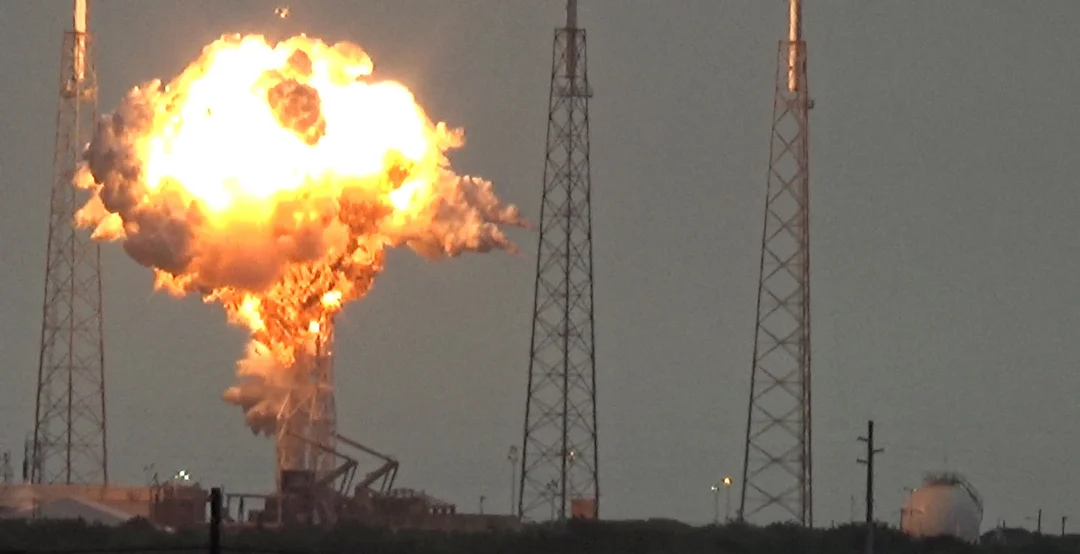
The SpaceX “Sniper” Theory: How Elon Musk Convinced the FBI a Rival Shot Down a Falcon 9 Rocket
In the high-stakes world of space exploration, failures can ignite the wildest conspiracy theories. In 2016, a SpaceX Falcon 9 rocket exploded on the launchpad, destroying the Amos-6 satellite and sending shockwaves through the industry. What followed was a bizarre chapter involving accusations of sabotage, a furious Elon Musk, and even the FBI.
According to a recent report, SpaceX CEO Elon Musk, in the wake of the devastating 2016 explosion, became fixated on the idea that a “sniper” had shot down the rocket. This wasn't just internal speculation; Musk pushed the theory so hard that it prompted an investigation by the Federal Bureau of Investigation (FBI). Newly revealed details from a Freedom of Information Act (FOIA) request shed light on the depth of Musk's suspicion and the lengths to which SpaceX went to investigate the outlandish claim.

The incident occurred on September 1, 2016, during a routine static fire test at Cape Canaveral Air Force Station. The sudden explosion, which destroyed the Amos-6 communications satellite, left SpaceX scrambling for answers. With no immediate explanation, a range of theories emerged, including the improbable notion of a marksman targeting the rocket from afar.
Musk's apparent paranoia led him to suspect United Launch Alliance (ULA), SpaceX's primary competitor at the time. He directed employees to investigate the rooftop of a ULA-leased building located about a mile from the launch site. SpaceX even went as far as conducting tests, firing at helium tanks to see if they could replicate the explosion's signature.
The inquiry stretched on for over a month until the Federal Aviation Administration (FAA) intervened, issuing a definitive statement that no gunman was involved. However, as revealed through the FOIA request, SpaceX didn't stop there. The company submitted video and audio evidence, along with its own analysis, to the FAA, suggesting potential sabotage or criminal activity. The FAA letter revealed that SpaceX reported the same data to the FBI in Florida prompting an investigation.
Ultimately, the FBI's Tampa Field Office concluded that there was no evidence of foul play. What investigators actually found was that the failure originated from overfilling the pressurized tanks with super-chilled helium. In their haste to load super-chilled propellant onto the Falcon 9, SpaceX had found its speed limit.

The Amos-6 failure initially cast a shadow over SpaceX's future. However, the company rebounded remarkably, launching a record 18 rockets in 2017 and eventually surpassing ULA in launch frequency. Today, SpaceX stands as an industry leader. While in 2016 ULA was launching about 15 rockets a year, compared to SpaceX's five, this year SpaceX launched 90 rockets, proving that they ultimately won the war—without anyone firing a shot.
The "sniper" theory, while ultimately debunked, serves as a reminder of the high stakes and intense rivalries that define the space industry. It also underscores Elon Musk's willingness to pursue even the most improbable explanations when faced with adversity.
What are your thoughts on this bizarre chapter in SpaceX's history? Did Musk's actions undermine or strengthen the company's response to the crisis? Share your opinions in the comments below!